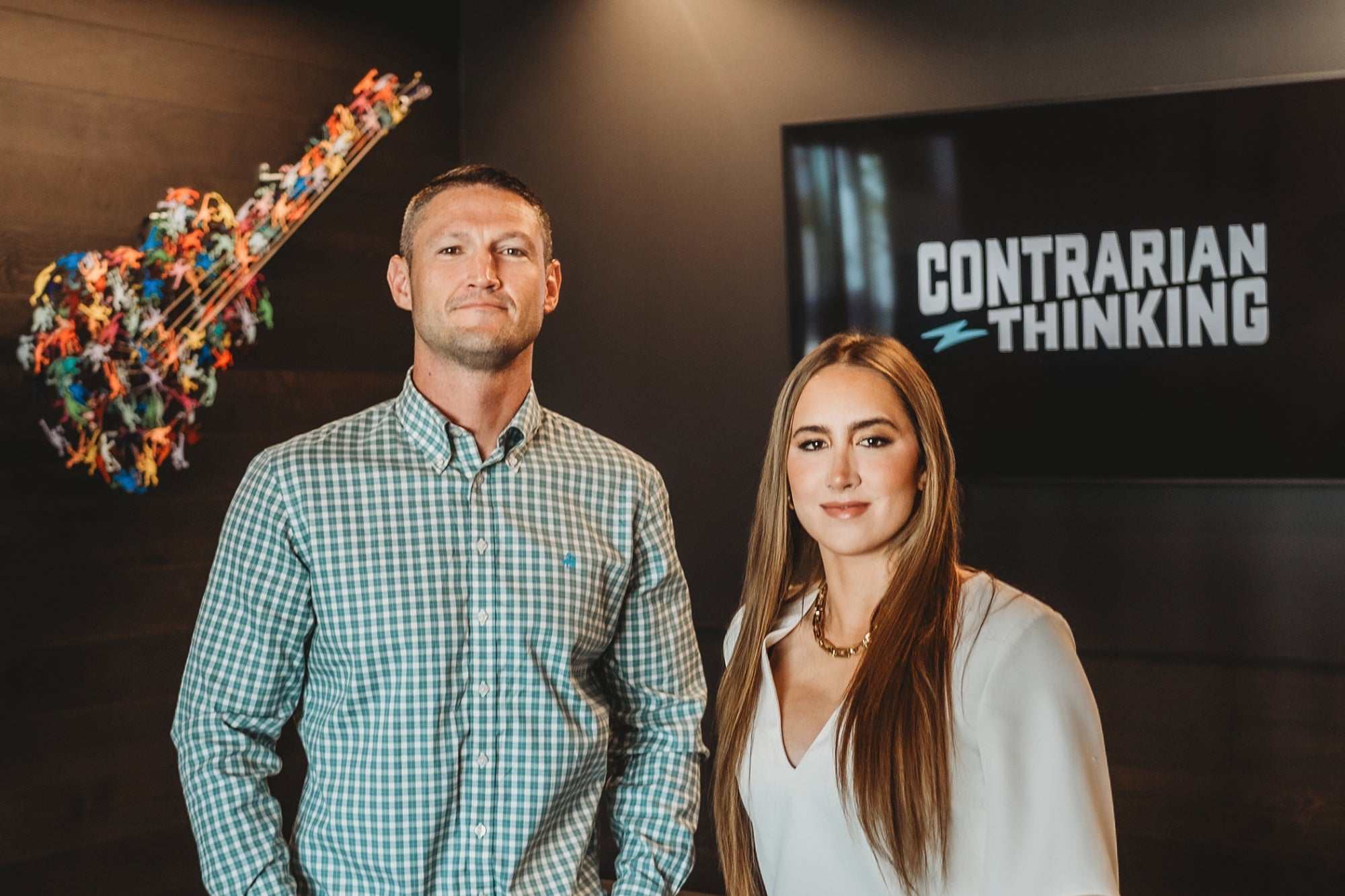How to Use 'Decision Trees' to Improve Your Decision Making Risk tolerance is the factor that will often help you determine which of your options is best.
By Doug and Polly White Edited by Dan Bova
Opinions expressed by BIZ Experiences contributors are their own.

In our consulting business, we often work with BIZ Experiencess facing tough decisions as they grow their businesses. Learning how to approach these decisions with a logical methodology can make the process easier and the decisions themselves more successful.
Related: The 7 Styles of Decision Making
As an example, we recently worked with a successful restaurant owner. He had built his restaurant over seven years and planned to sell it two years down the road. In our strategy discussion, we determined that he had three options to increase the value of his business during the next two years in preparation for the sale. The options were:
Option 1 -- Open a second location. This would cost about $100,000. If this location failed, the restaurateur would lose his investment. If it succeeded, we estimated he would make an additional $30,000 before selling the business, and increase the value of his businesses by $200,000. But, a caveat: New ventures are always risky. Accordingly, we estimated his probability of success at 50 percent.
Option 2 -- Open a catering business. This would cost about $20,000. Again, if the catering business failed, the restauranteur would lose his investment. If it succeeded, we estimated he would make an additional $10,000 before selling the business, and this option would increase the value of his businesses by $50,000. This move would be slightly less risky, so we put the chance of success at 80 percent.
Option 3 -- Have the restaurateur focus on his existing restaurant to improve its profitability and not pursue any other ventures. By doing this, he might make an additional $5,000 before selling, and increase the price he could get by $20,000.
The question was, which option was best? In scenarios like the restaurateur's, the approach we take our clients through is a classic decision tree. Here, we'll walk through the above example and explore each option, calculating the expected value of each.
Option 1 -- Failure meant losing $100,000. There was a 50 percent chance this would happen. Therefore, the expected value of this outcome was $50,000 (-$100,000 x 50 percent). Success meant making $230,000 ($30,000 in additional profit prior to sale, plus a sales price that was $200,000 higher). There was a 50 percent chance this would happen. Therefore, the expected value of this outcome was $115,000 ($230,000 x 50 percent). The expected value of choosing Option 1 was $65,000 ($115,000 – $50,000).
Related: Can You 'Feel' It? How to Use Emotional Decision-Making in Marketing
Option 2 -- Failure meant losing $20,000. There was a 20 percent chance this would happen. Therefore, the expected value of this outcome was -$4,000 (-$20,000 x 20 percent). Success meant making $60,000 ($10,000 in additional profit prior to sale plus a sales price that was $50,000 higher). There was an 80 percent chance this would happen. Therefore, the expected value of this outcome was $48,000 ($60,000 x 80 percent). The expected value of choosing Option 2 was $42,000 ($48,000 – $4,000).
Option 3 -- We believed this option would succeed if the restaurateur focused on his business. Therefore, we assumed that following Option 3 would capture an additional $25,000 with certainty ($5,000 in increased profit before selling and a sales price that was $20,000 higher).
Our client had the $100,000 to invest. If he decided not to invest in his business, he could put the money into short-term CDs. However, rates on short-term CDs are so low at this time that these earnings were unlikely to influence the outcome. Therefore, we ignored this notion for the purposes of this decision.
At this point in the decision-making process, the chief issue becomes risk tolerance. If the decision-making restaurateur was not risk averse, he could choose the option with the highest expected value: Option 1, which had an expected value of $65,000. However, the decision-maker might quite reasonably be risk adverse.
For example, suppose he saved the $100,000 needed for his 16-year old daughter's college education. Although Option 1 had the largest expected value, there was also a 50 percent chance that he wouild lose his investment. If this meant that he couldn't afford to send his child to college, he might well decide to leave the money in CDs and pursue Option 3 -- focusing on improving the operation of his restaurant. Alternatively, if he could afford to lose $20,000, but losing $100,000 would cause severe hardship, Option 2 might seem the best option.
Related: 7 Keys to Making the Right Decision the First Time and Every Time
Therefore, the message is: Risk tolerance is the factor that will determine which of your options is best. There is no one-size-fits-all best answer. However, using a decision tree as we have here will lay out your choices, allowing you to weigh your options more clearly. By the way, our client chose Option 2.












